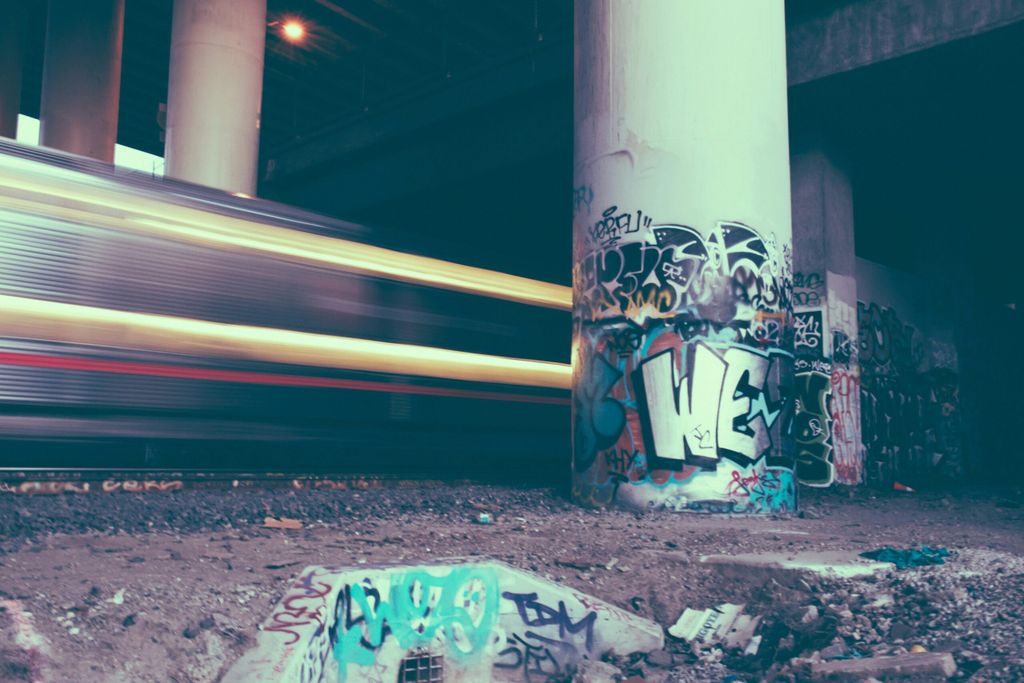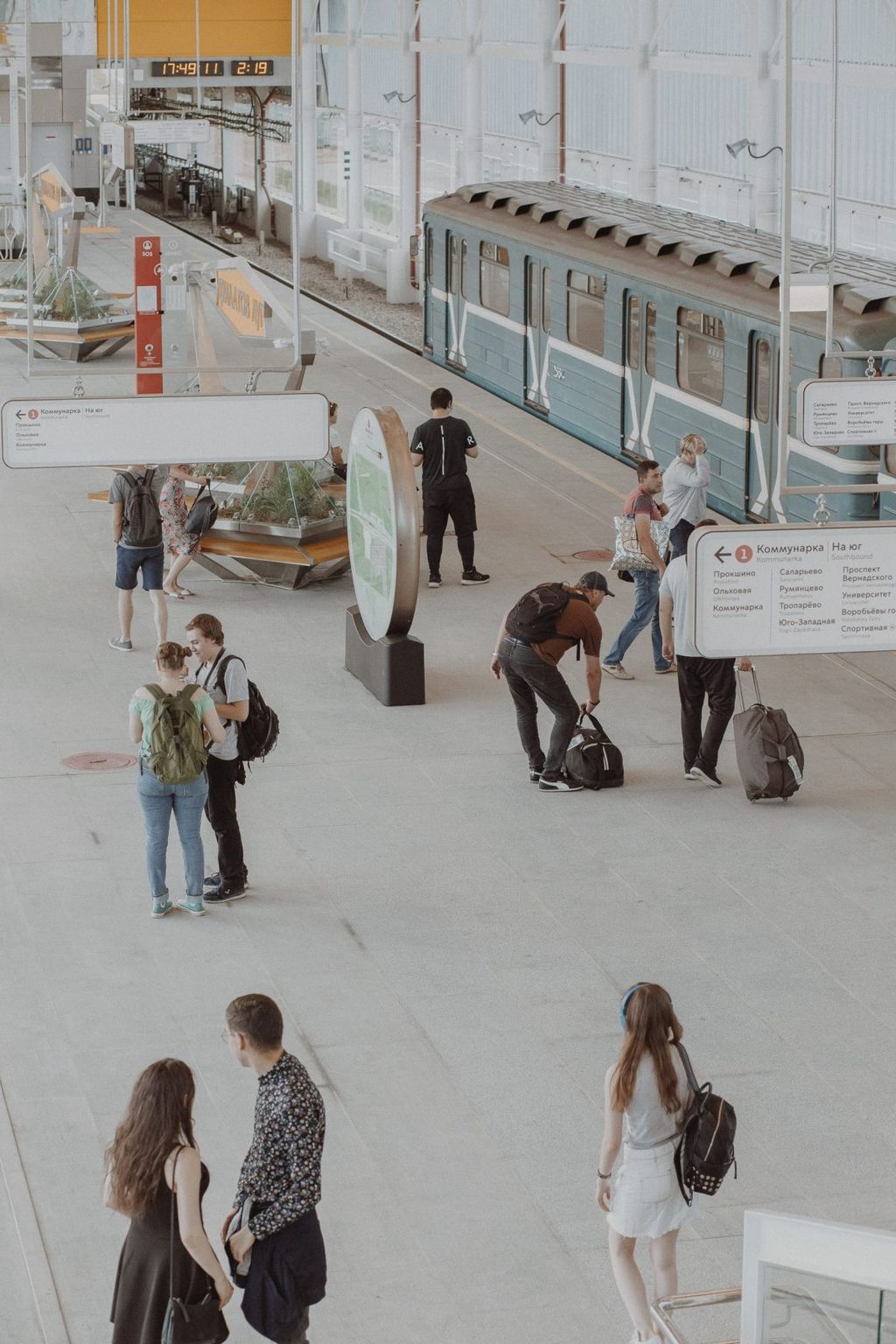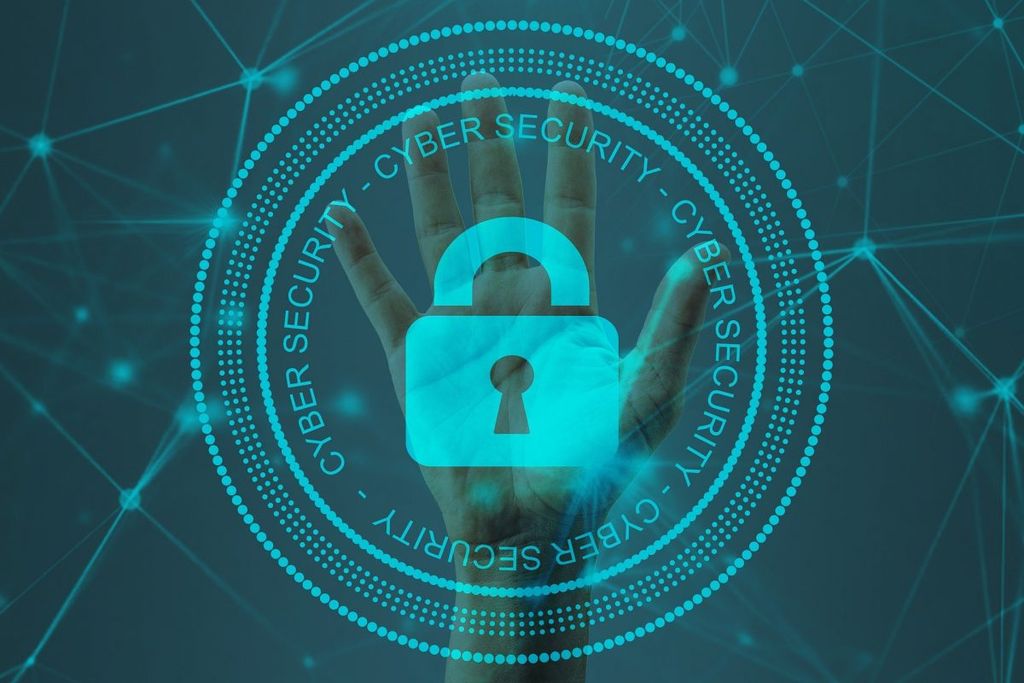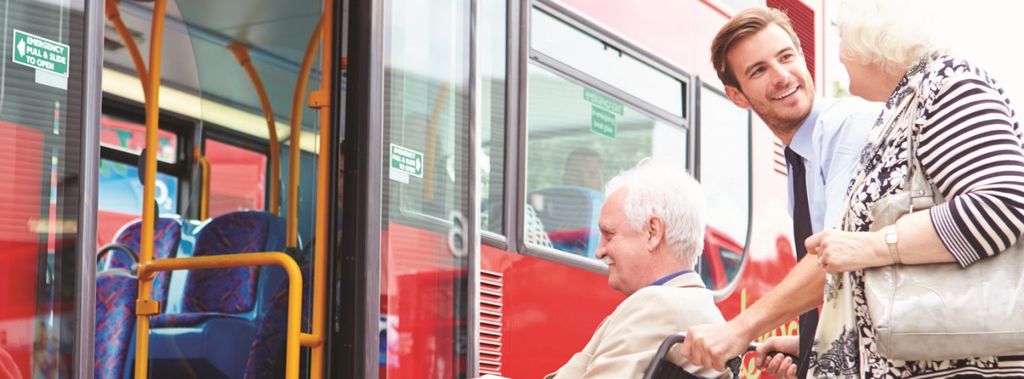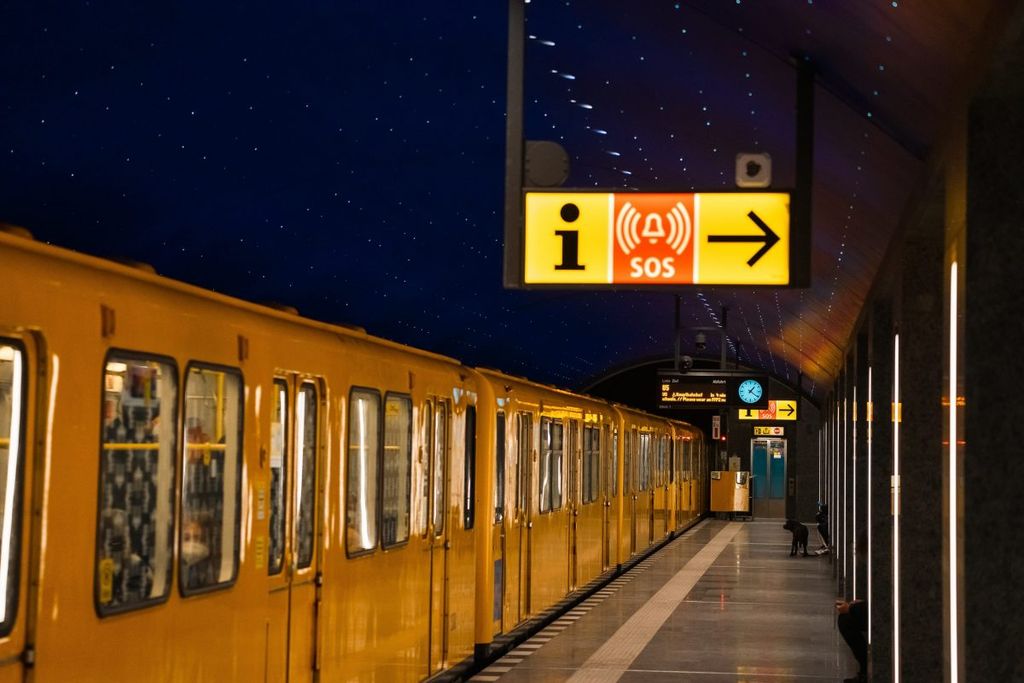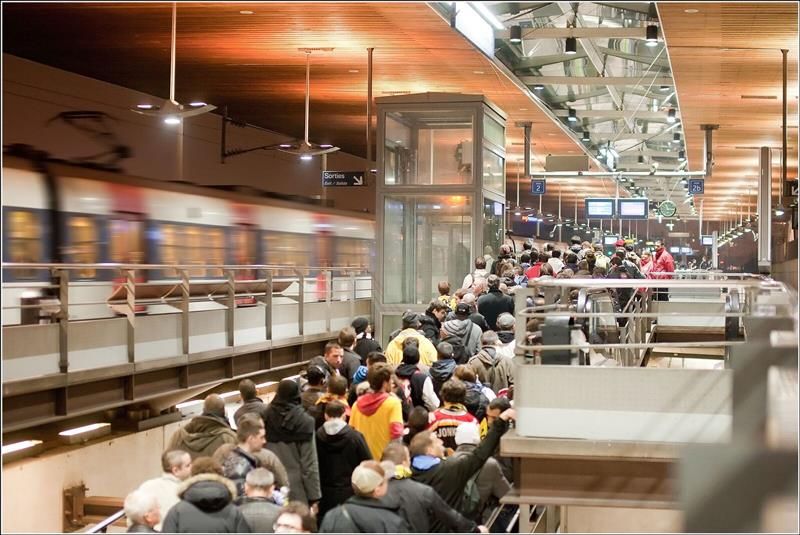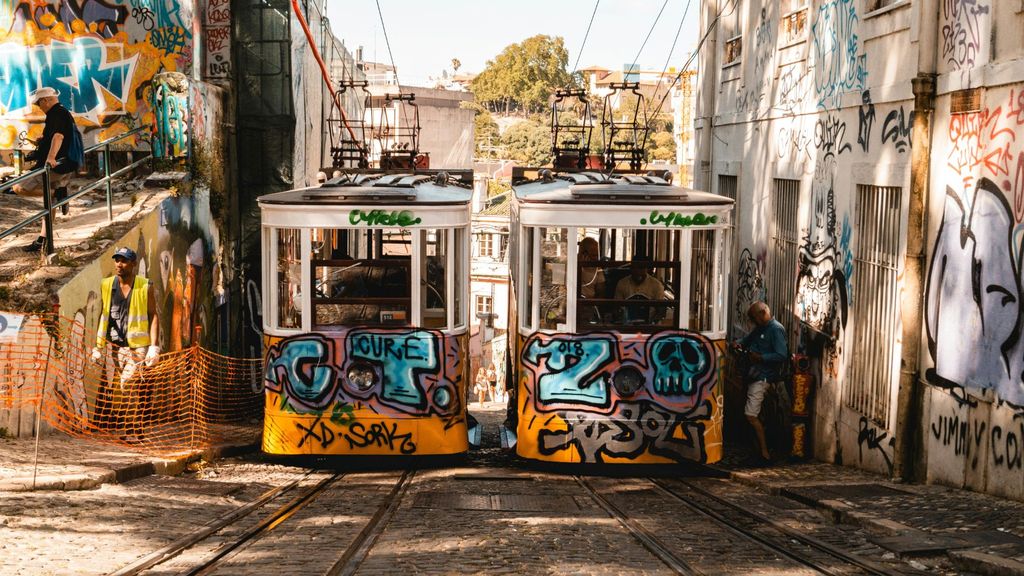
Unveiling the Silent Threat: Graffiti's Underestimated Impact on Public Transport
A hidden cost
Graffiti is more than a nuisance for public transport operators. In fact, it can be a substantial cost.
To put a number on it, Belgium’s national railway operator spent €7 million in 2022 just to remove graffiti from its trains. The problem is as pervasive as it is costly. Around 45% of public transport operators report incidents of graffiti more than once a month. But why clean graffiti in the first place?
It’s simple – graffiti sends the message to others that our security isn’t up to scratch. Passengers want to feel safe on public transport. The idea that people can spend time vandalising a vehicle – sometimes by accessing them in restricted areas – doesn’t exactly fill passengers with confidence that their journey will be safe. What’s more, if we reduce the visibility of graffiti, we also reduce the motivation to do it.
In this new Action Points, discover how to take concrete action and reduce graffiti. The paper outlines the key challenges of tackling graffiti, as well as best practices and recommendations of how to solve the situation.
“We have been looking at graffiti as a financial issue because of the cleaning costs. But we have to look at it as a security issue, because it covers unauthorised access to restricted areas.”
Contents:
- Introduction
- Survey results: key trends
- Modus operandi
- Stakeholders
- Countermeasures
- Major challenges
- Best practices
- Conclusions
- Recommendations



